Asparagus Farming in Kenya
Asparagus is a perennial vegetable that is gaining popularity in Kenya due to its nutritious and medicinal benefits. Being a perennial plant means you can harvest for many years without replanting. Depending on growth and climatic factors, you can harvest asparagus from the same plant for 15-20 years and in some cases up to 30 years.
Asparagus exports from Kenya have been growing with time. Purple asparagus, green asparagus, and white asparagus, fresh or chilled is a much sought-after vegetables in Europe. It is also in high demand in high-end restaurants in Kenya. Kenyan farmers can take advantage of this and begin growing asparagus.
In this article, we look at the complete process of growing asparagus in Kenya.
Introduction to asparagus farming in Kenya.
According to an article published in 2006 by the organic farmer magazine in Kenya, A farmer known as Benson from Gilgil, Nakuru discovered asparagus by chance in 1987. His neighbour, who had been growing it told him that it was feed for his cows. It is until his niece, who was living abroad, told him that it was an expensive vegetable that is on high demand in Europe. She then brought him seeds, which together with other local farmers in Gilgil started growing for sale in the farmers market in Nairobi.
Gilgil has average to below average rainfall. Other parts known to grow asparagus in Kenya include Subukia and Molo.
Asparagus, native to the western coasts of Europe, asparagus can grow at altitudes of 1000 meters above sea level (MSL). The major producers of asparagus in the world are Belgium and Peru.
A herbaceous perennial plant, asparagus will grow to a height of between 100cm and 150cm. It has branched feathery foliage with stems that are stout. Asparagus varieties available in Kenya are Jersey King F1, Mary Washington, Dorbone, Huchel, Staudenauslese, and Jersey Giant F1. The scientific name is Asparagus Officinalis. It is from the genus Asparagus from the family Asparagaceae.
The parts that are eaten are the young asparagus shoots. The purple asparagus contains higher sugar and fibre levels than the white and green asparagus. It is a good planting companion for tomatoes, where the tomato plant repels the asparagus beetle. Growing asparagus together with tomatoes helps prevent root nematodes that affect the tomato plant.

Asparagus and strawberry salad. Copyright:RitaE
Health Benefits of Asparagus.
Asparagus is full of antioxidants, vitamins, and minerals. It has low calories. Half a cup of cooked asparagus (90 grams) contain
- Calories: 20
- Protein: 2.2 grams
- Fat: 0.2 grams
- Fiber: 1.8 grams
- Vitamin C: 12% of RDI*
- Vitamin A: 18% of RDI
- Vitamin K: 57% of RDI
- Folate: 34% of RDI
- Potassium: 6% of RDI
- Phosphorous:5% of RDI
- Vitamin E: 7% of RDI
*RDI - reference daily intake is the daily nutrient intake required to meet the health needs of most of the population.
Asparagus also contains high amounts of vitamin K, which is required in blood clotting and healthy bones. It also contains other micronutrients such as iron, zinc, and riboflavin.
The antioxidants in asparagus help protect cells from the effects of oxidative stress and free radicals. These antioxidants include vitamin E, Vitamin C, glutathione, as well as polyphenols and flavonoids. It is high in flavonoids quercetin, isorhamnetin and kaempferol. Studies have found that these substances have anti-cancer, anti-inflammatory, antiviral and pressure lowering properties.
Asparagus is high in fibre, containing 1.8 grams of fibre per half a cup (90 grams). The fibre helps in digestive health. Foods that are rich in fibre like asparagus help reduce the risk of high blood pressure, heart disease, and type 2 diabetes. Asparagus is rich in insoluble fibre which helps in bowel movements.
Folate, also known as folic acid, is an important nutrient, especially in pregnancy. It is so important that expectant mothers are given folate supplements in the early stages of pregnancy. Asparagus contains high amounts of folate, which help in forming red blood cells, brain development, development of the neural system and general health of the growing baby in the womb.
To summarize,
- Asparagus helps in the health of the heart.
- Asparagus has anti-ageing properties.
- Asparagus helps in regulating blood sugar.
- Asparagus lowers the risk of getting type 2 diabetes.
- Asparagus reduces the risk of getting cancer.
- Asparagus is good for the health of the skin.
- Asparagus helps in preventing kidney stones.
- Asparagus is good for foetal growth during pregnancy.
- Asparagus helps in digestive health.
The local and export market for asparagus grown in Kenya.
The market for fresh asparagus for the Kenyan farmer includes the export market, supplies to hotels, restaurants and supermarkets, and selling in open markets Wakulima Market (Marikiti) and city market in parklands and Ngara Market. There is also the avenue for packaging asparagus
For supplying to institutions, the farmer can work out a regular contract with the said hotel, restaurant or supermarket. This way, the asparagus farmer is able to plan on how much to plant and harvest.
Most of the asparagus in the US and Europe is imported from Peru and Belgium. The Kenyan farmer can get a piece of this lucrative market, due to the positioning on the equator, hence the favourable weather throughout the year.
Kenya has to improve its production level, compared to other countries. For example, Peru produced 390,000 tonnes of asparagus, while Kenya asparagus produced just 326 tonnes in 2017.
| Year | Value |
|---|---|
| 1994 | 430 |
| 1995 | 450 |
| 1996 | 150 |
| 1997 | 10 |
| 1998 | 125 |
| 1999 | 310 |
| 2000 | 284 |
| 2001 | 117 |
| 2002 | 140 |
| 2003 | 12 |
| 2004 | 150 |
| 2005 | 193 |
| 2006 | 210 |
| 2007 | 262 |
| 2008 | 198 |
| 2009 | 201 |
| 2010 | 186 |
| 2011 | 189 |
| 2012 | 148 |
| 2013 | 197 |
| 2014 | 120 |
| 2015 | 560 |
| 2016 | 402 |
| 2017 | 326 |
Asparagus production in Kenya (In tonnes). From 1994 to 2017. Source; FAO
Where to buy Asparagus in Nairobi.
- The Organic Farmers Market at Marula Studios (Every Saturday), New Muthaiga Shopping Mall Market (Every Saturday) and Two Rivers Shopping Mall
- Zucchini Greengrocers Limited – ABC Place, Nairobi – 0702464646
- Kalimoni greens organic shop – Karen, Nairobi – https://kalimonigreens.com/ – 0708278273
- Chandarana (Foodplus) supermarkets – Nairobi, Kenya
- Tuskys Supermarkets
Climate requirements for asparagus farming in Kenya
Altitude
Asparagus can thrive in sub-temperate and sub-tropical agro-climatic regions that have an elevation of
above 1000 meters.
Temperature
The temperatures during the day should be between 23-29 degrees Celsius and the night temperature
should be between 13-19 degrees.
Soil Requirements for Asparagus farming in Kenya
Asparagus thrives in several soil types. However, the ideal soil is that which is light and well-drained with
abundant organic matter. Deep alluvial soils give the optimum conditions for growth. However, deep
alluvial soils are prone to erosion, experience leaching and are low in organic matter.
They can be enriched by adding organic matter.
The soil should not be compacted and should have a pH of 6.5-7.5. Acidic soils can be limed while for
heavy soils you can consider having it raised. Before planting the asparagus plant, the land should be
tested to know its nutrient status. This is to determine the pre-planting nutrient needs.
Propagation of Asparagus
Asparagus can be propagated through seeds or crowns. Seeds can be sown directly into the growing
site. Some farmers prefer first to grow them in a field nursery. It takes patience to start an asparagus
patch from seeds.
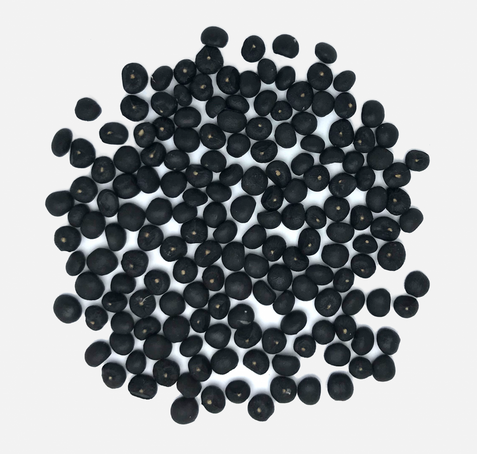
The advantage of a seed-grown plant is that it does not suffer from transplant trauma.
Furthermore, you can get a whole packet of seeds for the same price you will pay to get an asparagus
crown. The other advantage of seed-grown asparagus is that it will eventually outproduce those grown from roots. You can also spot the female asparagus plants, regardless of the variety, you opt to plant.

Crowns should be bought from a reputable nursery. This is because there is a risk of introducing pests
and diseases to your plantation. Also, ensure that you choose the best cultivar since asparagus is a long-term crop. They should all be male hybrids that are high yielding. The advantages of crowns are that
they usually yield earlier compared to seed propagation.
Land Preparation for Asparagus Farming
The land should be ploughed deeply, 20-25 cm is sufficient. After a few days, harrowing should be done
2-3 times. Ensure that you remove any weeds from previous plants and adequately level the soil.
Prepare broad ridges measuring about 45cm for plantation and leave 20 cm furrow space. The furrow
space will be used for irrigation.

Asparagus Field . Copyright : Tama66
Nursery Raising and Planting in Asparagus Farming in Kenya
The beds should be raised and the seeds planted 5cm apart. This is to facilitate the decay of the hard seed coat. Asparagus seeds usually take 7-10 days to grow. When tiny flowers appear, work to identify the female flowers. They have well-developed three-lobed pistils. Male asparagus plants are more substantial as well as more extended than female ones. Get rid of the female asparagus. Transplant the remaining male seedlings on ridges measuring 60cm by 60cm. Ensure that you provide the seedlings with bamboo stakes as part of training.
Vegetative propagation involves dividing the rhizomatous disc located at the bottom of the ariel stem. A rhizomatous disc usually has many vegetative buds around the aerial shoot. The disc has to be divided in a way that every piece has at least 2buds accompanied by 2-3 tuberous roots. Plant the parts and cover each bud with at least 1cm of soil and finally water them lightly. The asparagus will start to sprout in 8-10 days.
Commercially, asparagus can be planted in a greenhouse 8-10 weeks before transplanting in the field or as one or two-year-old crowns.
An acre of land can accommodate around 12,000-14,000 asparagus plants. The inches between plants in a row should be 12 and be 5-6 feet between rows.
Whether planting transplants or crowns, ensure that asparagus is planted in an 8-inch deep channel with a W-shaped contour at the bottom of the furrow. The furrows will be filled slowly with soil during the growing season.
Staking/training in Asparagus Farming in Kenya.
Use garden twines and stakes to create a fence on each side of the row to support the asparagus. This is to ensure that the top growth does not break and result in damaging the crowns.
Irrigation in Asparagus Farming in Kenya.
Irrigation is highly recommended since it will help ensure consistent crop year after year. However, watering will depend on the type of soil, season and climate.
Irrigation should be done after the rains have gone. Ensure that you water your asparagus field regularly, especially during the first two years. Drip irrigation is ideal since it adds water directly to the roots and does not wet the plant. Furthermore, little water will be lost as a result of evaporation.
When the rains are heavy, ensure that there is good drainage for excess water.
Management Operations in Asparagus Farming in Kenya
Intercultural (Management) operations are activities carried out on the soil and crop between planting and harvesting.
The asparagus beds should be kept free from weeds. This is to eliminate competition and to ensure that young spears can be seen during harvesting. Ensure that you pick the weeds by hand rather than using a hoe since the asparagus plants have shallow roots which can be damaged easily. Carry out 2-3 weeding sessions during the rainy season. Subsequent weeding should occur at least once in 2-3 months.
Furthermore, there are a variety of pre-plant and post-emergence herbicides available. The herbicides are made for particular weeds as well as the time of the year. Mulching the beds is a great way to maintain moisture as well as keep the weeds away. You can prune the asparagus plants to reduce wind damage. It is done by removing the tops of the highest shoots.
Most of the modern cultivars are male, and they usually produce more and better asparagus spears. Ensure that you get rid of any female plants on your farm. They are easily noticeable since they have orange-red berries.
Manures and Fertilisers in Asparagus Farming in Kenya
Asparagus plants that are meant for medicinal purposes should not be cultivated with any pesticides or chemical fertilisers. Ensure that the farm is supplemented with farmyard manure, organic manure green manure or vermicompost.
If you opt to use green manure, you will need to incorporate it before planting the asparagus plants. This is to ensure that the organic residues decompose correctly. Compost manure is an excellent addition during pre-planting and applications can be done annually to the farm. Ensure that you test for heavy metals in case you source your manure externally.
Use bio-pesticides such as natural pyrethrin, cow urine or neem to manage pests and diseases.
For non-organic asparagus, the fertiliser needs should be determined by the results of an annual soil test. In case there are no soil test results, the rule of thumb for fertiliser application is N-P-K application rate of 150-50-50 per hectare per year.
Pest and Diseases in Asparagus Farming in Kenya
Healthy asparagus plants are essential for good spears and root production. However, pests are usually a significant problem in asparagus farming since they eat asparagus plants. Cutworms, asparagus aphids, asparagus beetles, and Japanese beetles generally cause substantial losses. Ensure that you monitor the insect population to help determine what pesticides to use and how often to spray your asparagus field.
Asparagus beetles are known to chew on spears and attack foliage. Asparagus beetles are ¼ inch long metallic blue-black pests that have yellow or white spots on the backs. The beetles usually lay dark eggs along the leaves. The eggs then hatch into brown or grey larvae with black feet and heads. You can manage these types of pests by spraying or dusting infected plants with insecticides.
Pests such as slugs are known to damage asparagus spears. The ideal way of managing such pests is by introducing ducks into the system. Ducks will consume the slugs, snails, and some weeds as well while preserving the asparagus since they do not eat them.
Diseases such as fusarium root rot and rust usually reduce crop yields significantly. These diseases can be avoided by using disease-resistant varieties, planting in soil with good air and water drainage and a good crop rotation system.
A type of fungus known as stemphylium causes fern spots of asparagus. It is common in places where overhead irrigation is practised and where there is lots of rain. Symptoms usually include purple spots on ferns and spears. You need to remove old ferns to reduce the disease level.
Crown rot usually makes the spears to turn brown just near the soil line. You can prevent crown rot by ensuring that your asparagus plants are planted in raised beds, keeping soil PH above 6.0 and maintaining proper drainage on your farm.
In case you notice that your asparagus has been infected by diseases, it is advisable that you start a new bed. Ensure that the new bed is far from the infected one. Also, ensure that you use a different set of asparagus seeds and crowns.

Asparagus Copyright: Moritz
Harvesting of Asparagus in Kenya
It is not ideal for harvesting your asparagus plants for the first two years after planting. This is because they need to focus on establishing deep roots. During the third year, you can harvest your spears from mid-April for six weeks. In the following years, you can harvest from mid-April for eight weeks. Allow the crop to rest for 2-3 months, before repeating the process.
After the harvest, the foliage is allowed to grow to replenish the stored reserves in the roots for the coming year’s crop.
You can use the mother stalk growing system where 3-5 mature photosynthesizing shoots are maintained. The newly developed spears are the ones that are harvested at the right stage. Green asparagus is cut with a knife at the ground level. They should be cut when they are approximately 18-25cm tall. White asparagus spears’ should be cut with a bladed knife above the rhizome when they emerge through the soil.

Harvesting asparagus when they are more than 25 centimetres in length usually leads to a reduction of the total marketable harvest over the life of the asparagus.
Refrigerating immediately after harvesting will guarantee high quality. This is because Asparagus spears usually deteriorate very fast and must, therefore, be cooled quickly after harvesting to remove field heat as well as improve shelf life. It should occur immediately, especially if the spears are not being graded and packed straight away. The fridge temperature should be maintained at 2 degrees.
White asparagus can last for up to 4 weeks while green asparagus has a shorter shelf life of only a week.
Hydro cooling is an excellent way of precooling spears to get rid of field heat. It usually involves flooding, spraying, or immersing the asparagus spears in the chilled water of temperatures between 3-5 degrees Celsius. The spears are then taken to a cold room. The length of time to leave the spears on the hydro cooler usually depends on the flow rate and temperature of the cooling water, whether the spears were packaged or loose and the initial temperature of the water.
If the spears are dirty, they should be cleaned in chilled water before packing. The spears will have to be trimmed, graded and bundled according to your market needs.
Some farmers dip the butts of the asparagus in a solution of calcium hypochlorite to prevent bacterial soft rot. However, for asparagus that is meant to be organic, the use of calcium hypochlorite is discouraged.
The bundled spears should be packed in fully waxed paper-lined cartons. If your asparagus is already pre-cooled, then it should be packaged as fast as possible and placed in a cold room of between 2-4 degrees Celsius.
Refrigerated transportation should be used when shipping it to the market. Let the operators know that the produce is organic to avoid any chances of contamination.
Grading Asparagus
Grading asparagus is done according to
– Shoot Lengths
– Size of Bundles
Grade one (1) asparagus has a minimum diameter of 1.3 centimetres. Two-thirds of the spears should be green with closed compact tips. It should be well-trimmed, straight and free from any damage or decay.
Grade two (2) asparagus has a minimum diameter of 0.8 centimetres. Half of the spears should be green. They should be well-trimmed with a closed tip and free from any serious damage.
Asparagus Yield per Hectare in Kenya
The expected yield of asparagus per hectare is between 6 to 8 tonnes depending on the soil type, cultivar, and management practices
Where to buy asparagus crowns, seeds, and seedlings in Kenya
- Continental Seeds Company sells Mary Washington (US 72) Asparagus variety. You can reach them on their website by clicking here.
- Plantmart seedlings near Thika Road Mall, Nairobi and PlantMart Eastern Bypass sell asparagus seedlings. Their current production is 1000 seedlings a month. You can contact them using 0792764947
- Urban Garden Kenya sells Mary Washington asparagus seedlings through their website urbangarden.co.ke. Their mobile number is +254 716 598833. Click here for the direct link to their asparagus seeds page

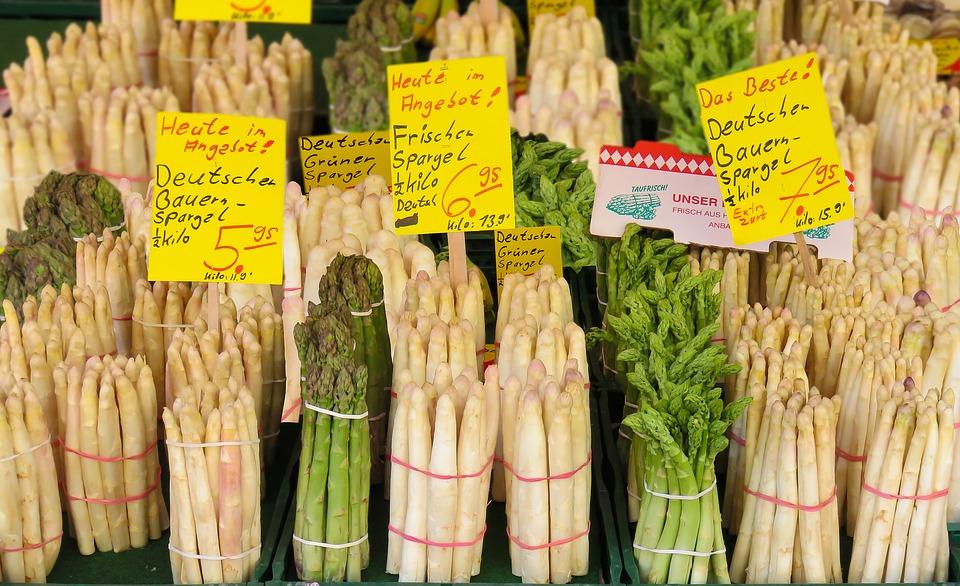
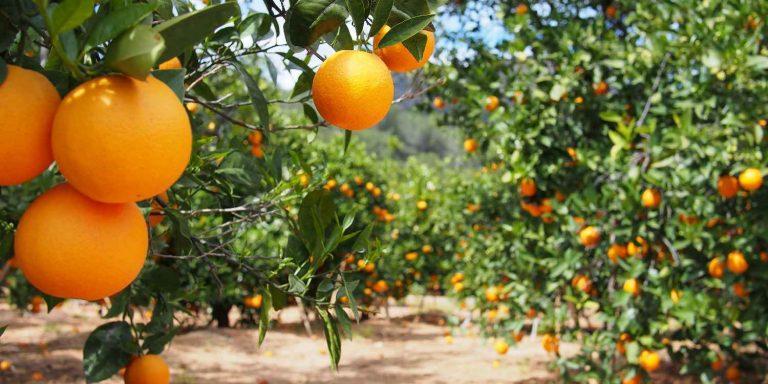
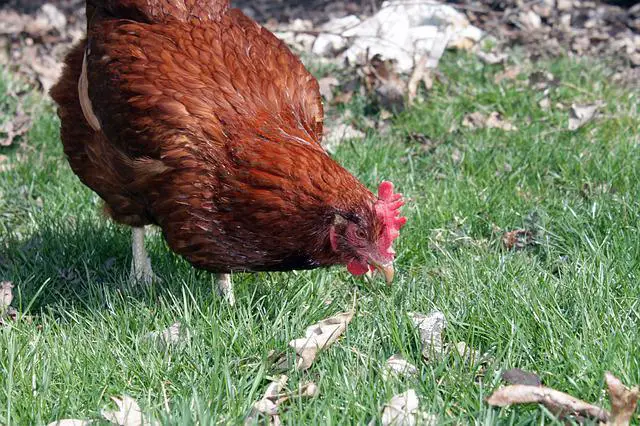
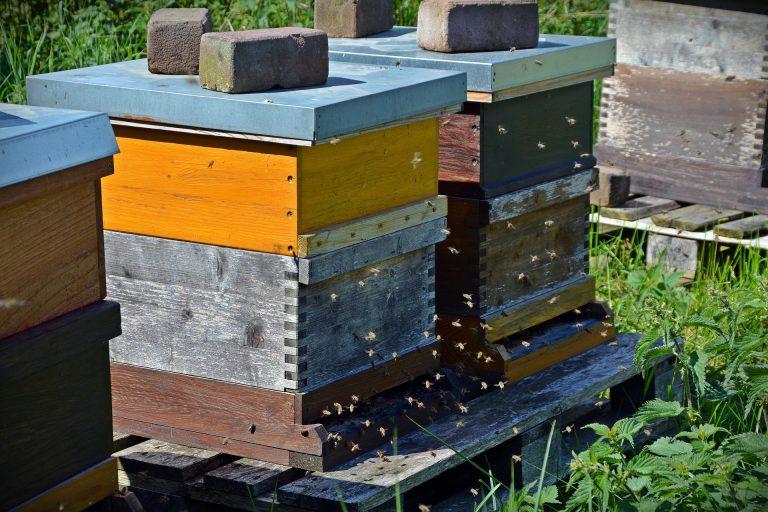
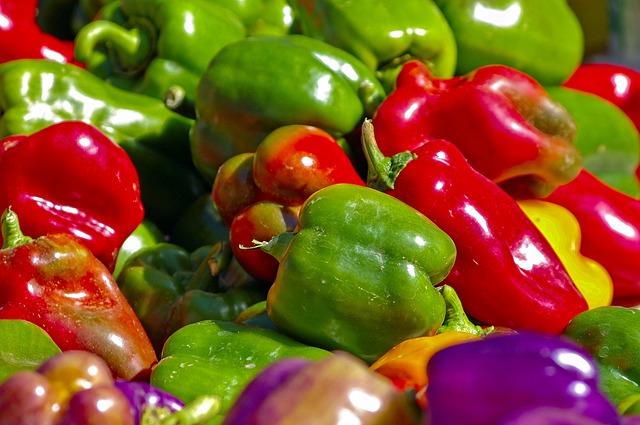
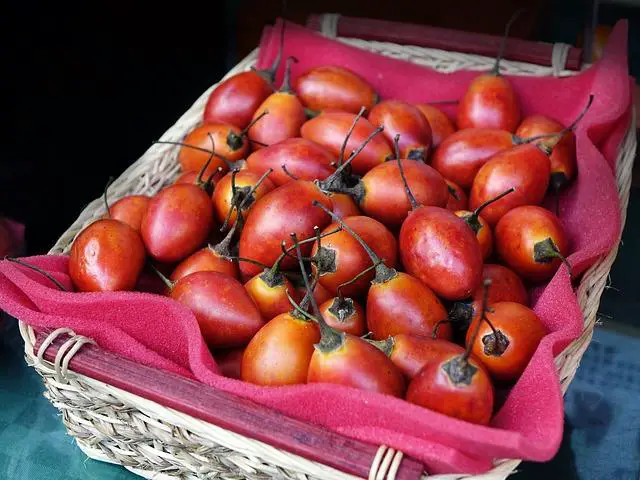
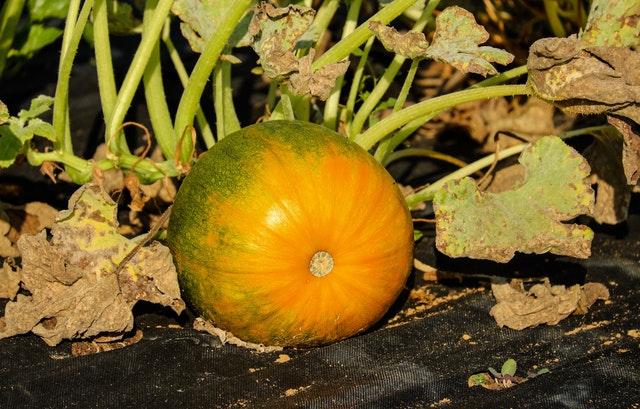
Any report regarding…
Any report regarding asparagus is highly waited.
Thanks for all the info. Am…
Thanks for all the info. Am glad tht we have local farmers with a heart to help young and upcoming farmers who are interested in farming Asparagus. You Guys be Blessed.
Am interested and soon I will b visiting Gilgil
You have ready asparagus for…
You have ready asparagus for sell and can supply consistently every 2 weeks kindly email me location we can discuss best price@[email protected]
Hello am peter an asparagus…
Hello am peter an asparagus farmer from Gilgil I would like to help anyone with a question regarding asparagus where to get certified seeds and seedlings and much more you can reach me through 0757211125
Hey Peter
Is there a place I…
Hey Peter
Is there a place I can buy crowns?
Thanks
Yes we do sell crowns
Yes we do sell crowns
How can I get business phone…
How can I get business phone numbers and email of farmers growing asparagus in gilgil for a farm visit / study
0757211125 or 0792004407 or…
0757211125 or 0792004407 Hill farms in Gilgil
This is a good read.Thanks
This is a good read.Thanks
I am interested in the…
I am interested in the asparagus produce. Please let me know price. Thank you.
After reading and looking at…
After reading and looking at photos I have just realised that a plant that I have considered to be a weed is actually asparagus. I’m headed to the farm on Monday to confirm if it survived last seasons weeding.
Hi I have read your…
Hi I have read your information on asparagus farming in Kenya, am interested in the venture.
Can it grow in nyandarua.. Ol joro orok region to be exact?. I will appreciate your feedback soonest possible. Thank you.
Hi I have read about…
Hi I have read about Asparagus farming in Kenya still the question can it do well in Nyandarua, Olkalou? Your feedback will be highly appreciated than you for your information, am really interested in farming.
Hey am peter a farmer from…
Hey am peter a farmer from gilgil we do have a Breed called Guelph millennium that does well in Cold places you can contact if Intrested on 0792004407
I am curious about the price…
I am curious about the price of asparagus in kenya per kg?
it ranges from 500- 300…
The price of asparagus ranges from 300 to 400 shillings, depending on the market. It can even go to 1000sh
My name is Rachel,a trader…
My name is Rachel,a trader at the wakulims market.can asparagus be grown in places like limuru,I mean in cold areas
Am looking for purple…
Am looking for purple asparagus seeds or seedlings.Am in Kenya.any contacts or leads?Thanks
We have updated the article…
We have updated the article to include places where you can buy asparagus seeds, seedlings and crowns in Kenya.
It is possible to supply one…
It is possible to supply one year old Asparagus crowns. Pl. let us know the acreage of the proposed farm. My e mail address is [email protected]
Please let me know the…
Please let me know the variety of your asparagus crowns.
Hellow, Iam David ,an…
Hellow, Iam David ,an agricultural expert with keen interest in Asperagus farming due to its many and high nutritional value.Kinkly let me know how I can. get planting material eg seed and planting material
Contact Plantmart seedlings…
Contact Plantmart seedlings using 0792764947
come in gilgil we have…
Come in Gilgil, Kenya we have plenty of seeds and ready young asparagus in seedbeds for sale. Kindly contact me if interested.
Hello, I am Justus ‘ of…
Hello, I am Justus ‘ of Camelboy Asparagus Kenya. I have Asparagus Seeds, Seedlings. You can reach me on [email protected].
I am Dhammika Wattewewa from…
I am Dhammika Wattewewa from Sri Lanka. I am cultivating Asparagus in Sri Lanka since 1987 started as a Joint venture with a company Hargens Holland. I am en expert on cultivation of Asparagus and mushrooms under computer controlled conditions. I would like to engage in a Asparagus project in your contery.
Hae Dhammika. Can you sell…
Hae Dhammika. Can you sell me crowns? Want to plant and can’t get locally.
Dhammika am Maximo Chege…
Dhammika am Maximo Chege from Kenya currently growing asparagus will you like to parterner with me
am peter from kenya i am an…
I am Peter from Kenya, an asparagus farmer. Would you please find us a market for our asparagus crop in your country
Hi Peter , kindly respond…
Hi Peter , kindly respond then we can share contacts
Hi Peter, my name is Charles…
Hi Peter, my name is Charles how much are you selling your asparagus produce?
How come you planted…
How come you planted asparagus before establishing your market ?? The fact that people assure you that “the market is there” does NOT mean that YOU will have a market.
Welcome am ready to partner…
Welcome am ready to partner we grow this crop in kenya
ur contacts please
Good afternoon, I am very…
Good afternoon, I am very happy after reading this article on Asparagus farming. I am very interested in farming Asparagus for export. However, I am not sure of the temperatures in Nyandarua County will allow this. I am very enthusiastic about this idea. Kindly I would like any further materials you may have sent to my email. To keep the fire, how much does a tonne of Asparagus earn to the farmer.
Kind Regards
Kimotho G. Gabriel
One tone is 1000 kg and a kg…
One tone is 1000 kg and a kg is now 750 sh do your calculations sir for more informatiom [email protected]